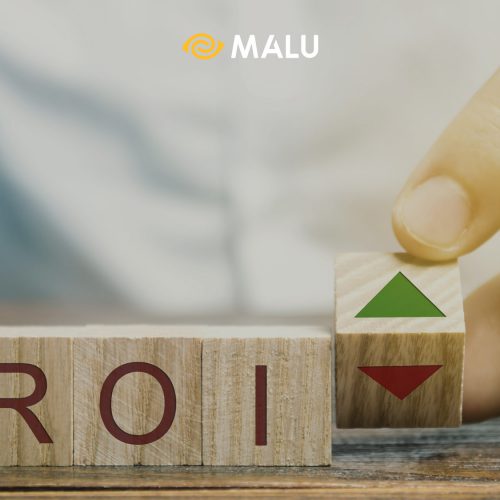
According to the report of IAB Marketing, the average business can earn $ 14 for every $1 spent when applying Performance Marketing. The corresponding ROI is 1400%.
Performance Marketing is a branch of a business’s digital marketing strategy. Performance Marketing, as its name implies, is how businesses deploy marketing activities based on the effectiveness it brings. In it, advertisers and companies providing Performance Marketing services are paid when completing a specific action, such as increasing sales, leads or clicks…
Performance Marketing applies the most optimal advertising charging model today when based on user behavior, businesses only pay fees when customers perform a specific action such as purchasing, registering for services, filling out information… According to the report of IAB Marketing, the average business can earn $ 14 for every $ 1 spent when applying Performance Marketing. The corresponding ROI is 1400%.
Performance Marketing is superior to traditional advertising methods such as CPC (Cost per Click) or CPM (Cost per Thousand Impression) click-based advertising, for the sake of minimize the risk for advertising buyers to pay for website access sources but do not generate revenue due to virtual clicks and virtual visits.
Forecast 2020 budget for Performance Marketing (in the form of Affiliate) is estimated at 6.8 billion USD. Affiliate Marketing has now caught up with Email Marketing with the same 16% of online orders recorded through each of these channels, while 20% of online orders come from paid search, this figure for organic search is 21%.
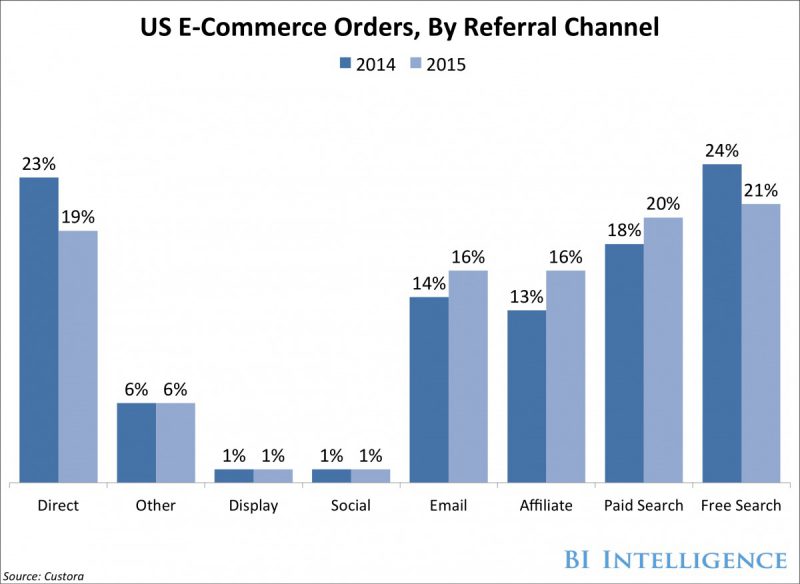
The role of Performance Marketing in the business’s Digital Marketing strategy
Today, when the user’s buying journey is increasingly complex and difficult to control, reaching potential customers through just a few touch points is not effective enough. Businesses need a strategy to get the brand’s message to the right audience, at the right time.
According to research, 74% of users trust reviews, experts / influencers before making a purchase. In 2021, also according to research by Business Insider, 74% of consumers say they visit 2-3 websites before making a purchase, 16% say they visit more than 4 websites, according to Rakuten Marketing and Forrester Research.
They no longer let conventional advertising influence their decisions much. This forces businesses to change the way they approach their potential customers at the right time and with the right message. Each business’s marketing strategy, in addition to the goal of helping to increase customer sales, is equally important as the data that the marketing campaign brings, how the business can use it to improve the product. , service for future campaigns.
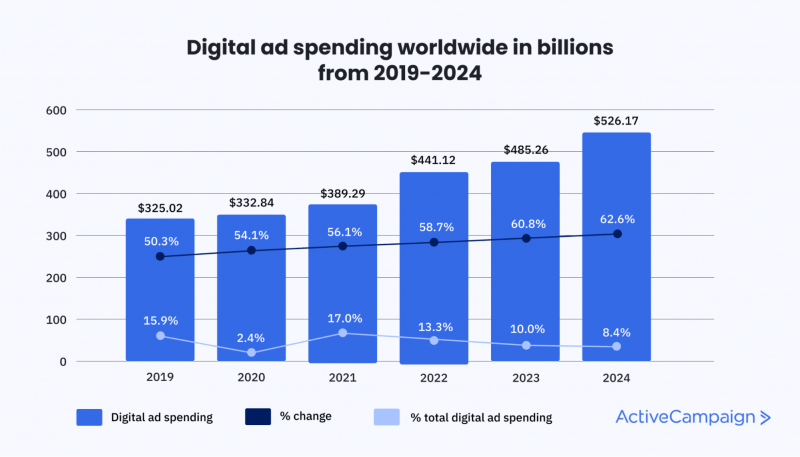
For Performance Marketing, businesses can use the customer data provided by Publisher, like which Digital Marketing channels bring the most customers for your products. From there, businesses can increase their budget into effective channels.
Who is your lead file?
For each touch point in the customer journey, what message is appropriate?
Performance Marketing will help businesses answer those questions.
Affiliate Marketing vs Performance Marketing
Affiliate Marketing is a method of Performance Marketing. Affiliate is essentially the fact that advertisers rely on Publisher to promote their products. Publishers can run all forms of Digital Marketing and they get a commission when a user makes a purchase through their link (i.e. the last step in the user’s purchase journey). To put it simply, Affiliate Marketing includes Performance Marketing and other forms of Influencer Marketing , Email Marketing, Search Marketing and all other digital forms where partners (Advertisers) are willing to accept commissions. pink to receive conversions.
Performance Marketing or Affiliate both have the purpose of giving brands the opportunity to increase sales, find new customers, expand markets as well as higher ROI from advertising campaigns.
Tracking – The hardest part when businesses apply Performance Marketing
![]()
Performance Marketing, as its name implies, is a business that can measure the effectiveness of its marketing campaign. With the use of many digital forms from Paid Ads, Native Ads, Display, Email Marketing, … requires the unit when applying Performance Marketing to have the ability to measure and report campaign effectiveness. The hardest part of Performance Marketing is accurately tracking all the customers who visit the website as well as the orders that are recorded.
* Advertisers have 2 options to start their Performance Marketing strategy:
Firstly, advertisers can develop or buy an Affiliate platform and manage it on their own hosting or lease it from different providers, called an Affiliate Program. Famous Affiliate Programs in the world can be mentioned as Amazon, Ebay… In Vietnam, affiliate marketing programs of Lazada, Sendo, etc.
Second, Advertisers can cooperate with Affiliate Networks. The Network will act as an Affiliate Tracking Platform. Both of the above options work on the same principle, which is to create and track separate IDs assigned to each banner or Affiliate link. Every time the Publisher’s Affiliate link to the Advertiser’s website is clicked, the Affiliate network will monitor and notify the Publisher that there are visitors. Meanwhile, the Advertiser’s order processing department is also integrated with the network to know when a customer from the Publisher completes an order. Famous Affiliate Networks in the world such as CJ, ShareASale, Rakuten Linkshare …, in Vietnam can include units such as ACCESSTRADE, Masoffer, Ecomobi…
In addition, there are some Performance Marketing Agencies that work with the traditional Agency model but allow Advertisers based on performance measurement to pay.
How does Performance Marketing work?
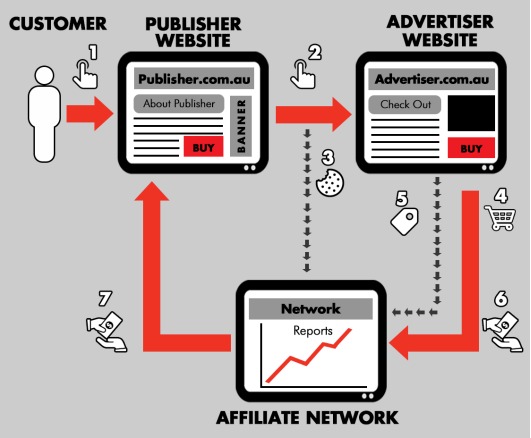
- Advertiser: Known as someone who has a product/service and they are willing to pay someone to promote their product through online marketing channels.
- Publishers: An individual or company that promotes an Advertiser’s products through a social network, website or blog and receives a commission from the Advertiser.
- Affiliate Network: Acts as an intermediary partner connecting product suppliers with affiliate marketers.
Operational steps of a Performance Marketing campaign
- Customers visit Publisher’s website.
- Customers see the banner / advertising link of Publisher and click on the tracking link of Affiliate Network. However, customers will not realize that they are clicking on the Affiliate link.
- Clicks are tracked by Affiliate Network and the cookie of the device used by the customer will be saved.
- The customer completes the order online.
- The advertiser receives the Affiliate Network’s report on the recorded order.
- Affiliate Network notifies the order to the Advertiser and the Advertiser will agree to pay a commission for that recorded order.
- Affiliate network pays a commission to Publisher.
Most Advertisers often cooperate with Affiliate Networks to track their Affiliate campaigns. Affiliate Network will provide technical platforms to help track Affiliate links placed below banners or text links located on Affiiliate websites. When a customer clicks on those links, a cookie is attached to their device and recorded by the Affiliate Network. When a customer completes an order on the Advertiser’s website, the Affiliate Network checks the cookie if it is one of the network’s Publishers, the order will be recorded on the Network’s Platform. From the Network Platform, both Advertiser and Publisher can track orders and commissions received.
Tips to help businesses apply Performance Marketing effectively
Determine the contribution value distribution
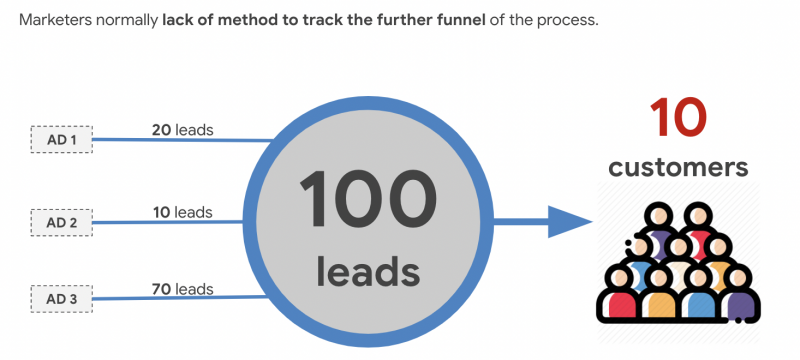
Today, while many large companies are aware of the importance of measuring omnichannel attribution , it is difficult to assess the form of a partnership. Conventional standards cannot be applied to determine a marketing partner’s contribution to a business.
Consumers do not interact with a media channel or with a single device. Instead, they are constantly moving from touchpoint to touchpoint and expect to find their favorite brands everywhere. The key is to understand user interaction across media and devices. To get this understanding, you need to include a comprehensive set of consumer journey data for your partner marketing channel.
Through advanced analytics, that data – combined with performance insights into the marketing mix – helps determine the relative importance of different touch points for conversions across different platforms. channels and devices. In order for businesses to accurately assess the effectiveness of the Partner Marketing channel, data MUST play a key role in this process. You cannot win the game if you do not participate in it.
In order for the partnership to play a legitimate role in a company’s marketing investment, its data MUST be part of this process within your company. By discussing with your research team how collaborative data can be incorporated in the attribution, you can win the game if you’re not in the game.
Increased costs for effective partners

When implementing Affiliate / Performance marketing programs, we usually divide partners into 3 types:
- Initiating partner, starting in the user’s purchase journey;
- Conversion partners, the final step in the buying journey;
- Contributing partners, which are impact partners at the middle steps of the buying journey.
When applying Performance Marketing, most brands are willing to pay rewards to partners who directly affect users’ purchasing actions (according to Last Click law). However, the partners, Publishers that influence the further steps in the buying funnel also deserve to be rewarded. Today, networks need to have a more flexible commission sharing mechanism for publishers in the middle of the buying funnel, not just based on Last Click rules.
Some of the big Advertisers when opening the Affiliate program still prefer the form of payment according to the Last Click law and do not want to participate in the Network with a mechanism to split the commission. However, no one is against paying bonuses and it can be the best way for publishers at the top of the buying funnel (model review site, industry site …) to receive the right reward for their contribution.
Increase budget for Performance Marketing

Affiliate / Performance Marketing brings extremely effective ROAS (Return on ad spend) index. Recent research by IAB shows that Affiliate ROI is up to 14:1, which means Advertisers get back 14 times their money.
While Affiliate Marketing channel is increasingly proving effective, this is not often shown in other marketing channels, especially Paid Traffic channels. Moving part of your marketing budget to an Affiliate/Performance Marketing channel will be a great way to increase both the profitability and efficiency of your business.
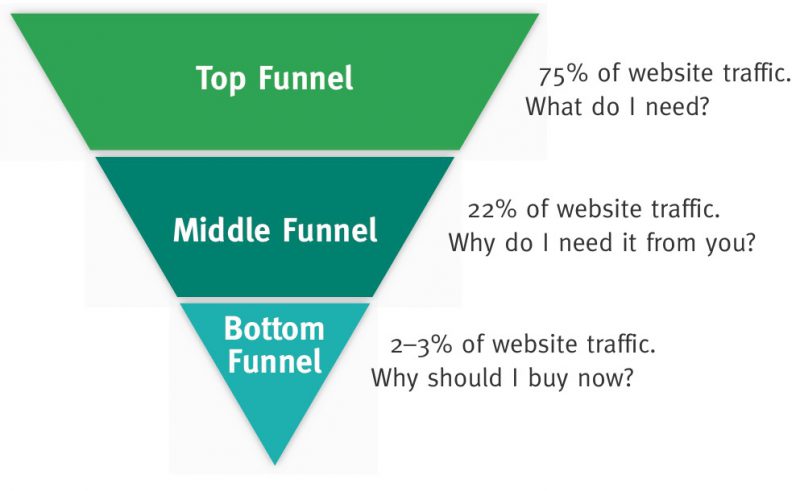
Although the “buying funnel” model is considered by some to be outdated, it is undeniable that you will not be able to sell to people who are not interested in your brand. In other words, targeting the right customers will help you increase sales.
Affiliate / Performance Marketing can be the best way to help you increase the size of the top of the funnel and the bottom of the funnel. One of the best ways is to work with publishers who create content (Review Site, Authority Site …), who play an important role in promoting customers to know your brand. The content on their website can help you raise awareness as well as motivate consumers to buy more.
To do this, you first identify a few websites with relative traffic, suitable for your customer file and then contact the website owner.
Use Performance Influencer to generate sales for you
Current Influencer management units still evaluate their Influencer effectiveness through metrics such as likes, shares, and comments. Using the interaction index has many potential risks such as virtual like, virtual follow or share, seeding comment… while not being able to commit to Performance (effective) like with Affiliate Marketing. Along with the development of technology, today brands can combine both Influencer and Affiliate Marketing right in the same campaign. By using Affiliate links from Affiliate Networks, suppliers can benefit from both sides:
- One is conveying the brand’s message to customers through the influence of influencers on their followers.
- The second is to earn direct profits from orders through the Affiliate link that the Influencer uses, while still tracking the effectiveness of each Influencer.

More and more Influencers are acting as publishers, giving brands a great opportunity to reap the benefits of Affiliate Marketing such as reaching a wide range of customer groups with different demographics. Test products with new customer segments without much risk and low costs.
Tracking and measuring the effectiveness of influencers of brands has never been an easy task. Depending on the goals of each brand when using Influencer Marketing will determine how they evaluate the effectiveness of that campaign. Combining INFluencer with Affiliate Marketing can be a solution to this problem.
Influencers have always been a hot topic in the marketing world. And the fact has proven that investing in advertising costs in influencer programs is very effective. Consider what influencers mean to drive sales for you.
It’s hard to believe, but it’s true, the huge audience that influencers attract is overshadowing traditional media platforms. Besides the famous Influencers, Micro-influencers, who influence a small number of audiences, but are extremely passionate about that field, also play an important role in shaping the consumer choice of products. million customers.
Actively nurture relationships with these special publishers, and you’ll find that Influencers have the power to drive massive growth for even the most difficult-to-sell products.

